At the end of June, I did a blog post about how JC Penney is now promoting obesity, under the guise of “body positivity.”
As I noted in that blog post, there is not one positive thing about being obese. From the CDC – The Health Effects of Overweight and Obesity:
- High blood pressure (Hypertension)
- High LDL cholesterol, low HDL cholesterol, or high levels of triglycerides (Dyslipidemia)
- Type 2 diabetes
- Coronary heart disease
- Stroke
- Gallbladder disease
- Osteoarthritis (a breakdown of cartilage and bone within a joint)
- Sleep apnea and breathing problems
- Some cancers (endometrial, breast, colon, kidney, gallbladder, and liver)
- Low quality of life
- Mental illness such as clinical depression, anxiety, and other mental disorders
- Body pain and difficulty with physical functioning
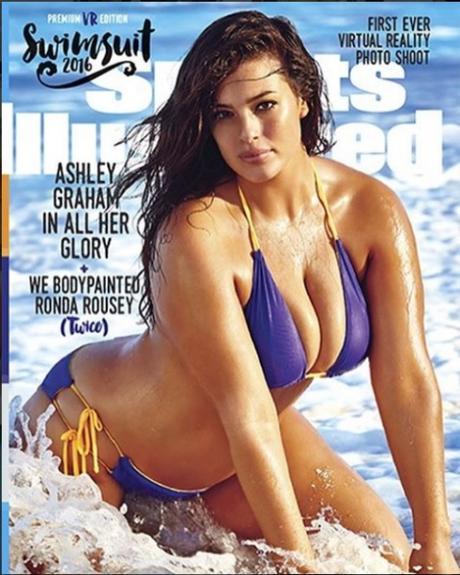
Plus-size model Ashley Graham
In 2016, plus-size model Ashley Graham became the first model of her size to grace the cover of Sports Illustrated. Ashley is 5’9” and, according to Bodymeasurements.org, weighs 170 pounds and is a dress size of 16. (For comparison, I am 5’9”, weigh around 140 pounds and am a size 6.)
Along with this new “body positivity” craze, is something called “fat shaming.” Urban Dictionary defines fat shaming as: “A term made by obese people to avoid the responsibility to actually take proper care of their body and instead victimize themself by pretending they’re discriminated like an ethnic group. When confronted with someone like that they will ignore all the facts about obesity being unhealthy and pretend it’s some sort of evil socially constructed conspiracy by the patriarchy.” Feminists love to call out the “fat shamers” on Twitter.
Not to be outdone by JC Penney, a “reality TV star” is on a mission to promote obese body positivity.
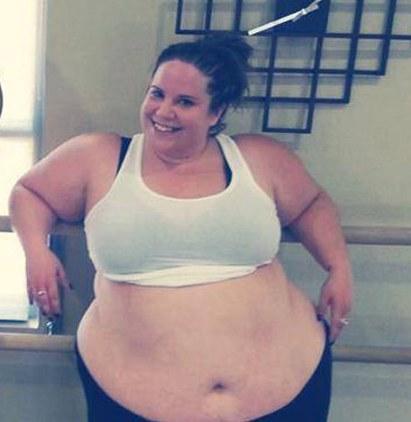
“Fat Acceptance Activist” Whitney Way Thore
Whitney Way Thore has a TV show called “My Big Fat Fabulous Life” which airs on TLC. According to Wikipedia, she is a “fat acceptance movement activist” who has achieved national recognition for her online campaign for positive body image, No Body Shame. She is 5’2” and weighs 378 pounds.
People Magazine reported on July 6th that Whitney realized that her weight was to blame after she was injured and got stuck in the shower. In an episode of her Big Fat Fabulous Life, while Whitney was in the shower she knocked the shampoo into the tub, bent over to pick it up, and ended up with back pain in her whole lower back. She said, “…the thought of getting from inside the tub to my bedroom is impossible.”
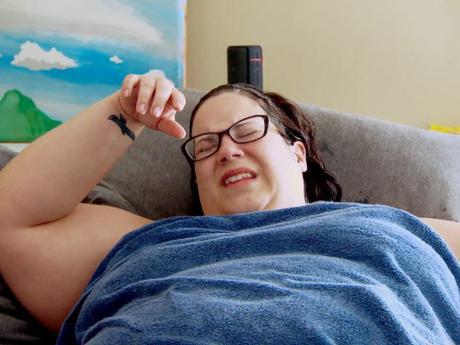
Whitney after being injured in the shower.
Whitney isn’t letting any physical ailments from her being overweight get in her way of promoting a new plus-size woman’s magazine.
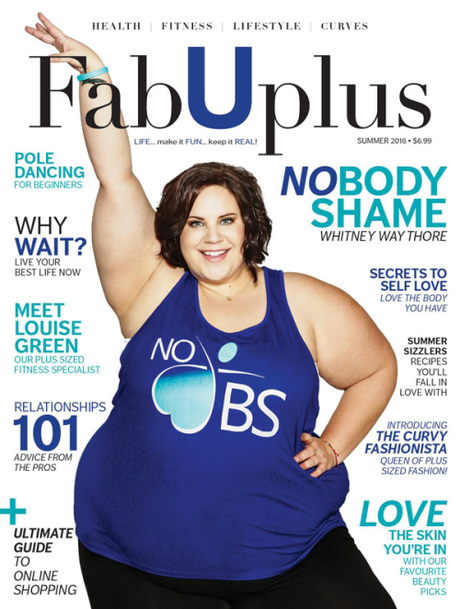
FabUplus…unless you’re injured in the shower.
Excerpts from Elle Magazine: Now she’s on the cover of a magazine, FabUplus. Better yet, her full body is on the cover magazine, not cropped up-close so it’s just her face. “To see my entire body and my sleeveless arms, you know, all of it on the cover of the magazine and know nobody wanted to diminish me or minimize me or just make me smaller in any way felt kind of vindicating,” Way Thore says, emphasizing that she’s not “size-14-plus-size” but a size 30. “I feel like plus-size women in the media are often made to do just that, to be made smaller.”
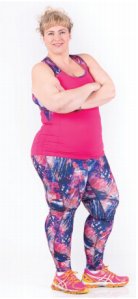
Shannon Svingen-Jones
You can thank Shannon Svingen-Jones, a Vancouver-based, self-described “healthy, fit plus-size woman” who launched the online and, as of June, print publication herself. Svingen-Jones, both editor-in-chief and publisher, came up with the idea last August. While out for a run she thought about a fitness magazine she just picked up—one of those that promise “sexy shoulders,” a “tight butt,” and “how to lose belly weight”—and saw a model doing some exercises with a 25-pound sandbag. “I thought, there’s no way I can physically do that. Everywhere I looked there were no types of exercises that I could do, so I thought: How great would it be if I had a magazine that actually had plus-size women with great fitness [content],” she says. The magazine has all the content you’d expect from a lifestyle publication, just catered to plus-size women with a body-positive twist.
Pushing a positive message, Svingen-Jones had no trouble finding collaborators. What she did find challenging, however, was being intentional about advertisers. “My magazine reaches a vulnerable community,” she says. “I have had to turn away some advertisers, which is very risky to do, especially when you are a new magazine, because they just didn’t have the total imagery that reflects my reader.” As a solution, throughout the magazine you’ll see brands that are plus-sized focused, like Curvy Fit Yogawear, Sympli Grand, and K-Deer. Readers are then more motivated to shop with the advertisers “because they care enough about me to represent my kind of people.”
“My hope is that they can relate to the content in the magazine. I want them to say: I am pretty good with what I am, which is plus-size, and that they are not any less than any thin human being,” Svingen-Jones says, adding that she’s looking forward to featuring active plus-size women like kayakers, paddleboarders, professional weight lifters, yogis, and boot campers. “They all do it in their extremely plus-size bodies. And I think this is incredibly motivating for women,” Svingen-Jones says. “Because I think many women think they ‘can’t’ because of their plus-size bodies, but they so can. And I hope they realize that.”
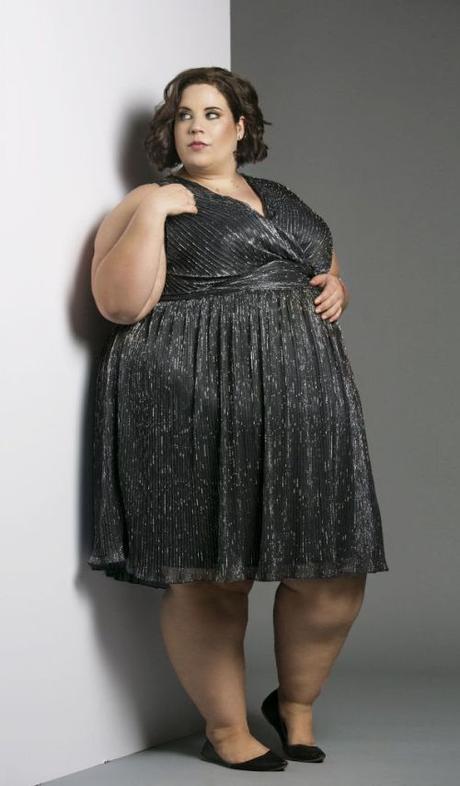
Me, being an obvious “fat-shamer,” wonders if Whitney is pretty good with the pain caused by her physical weight that makes her vulnerable. That doesn’t sound incredibly motivating to me.
DCG

